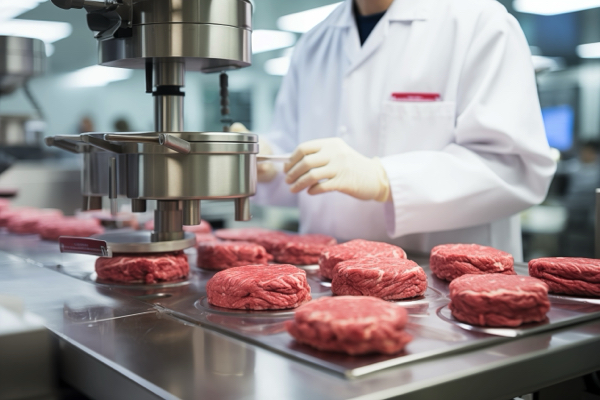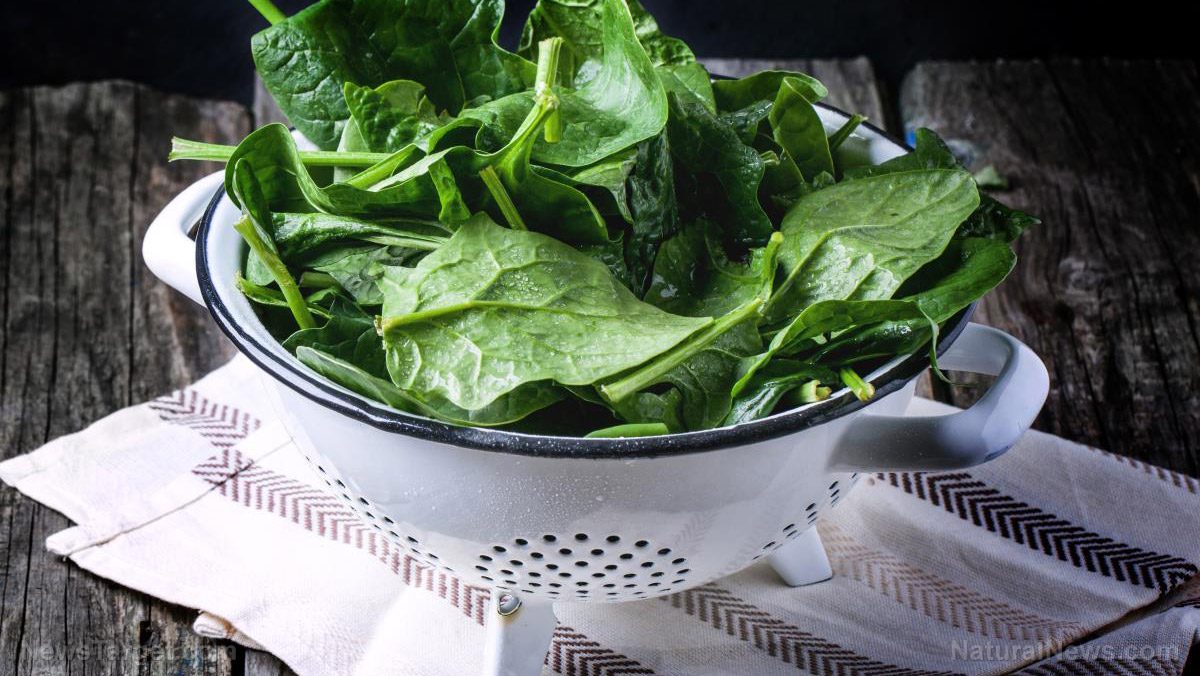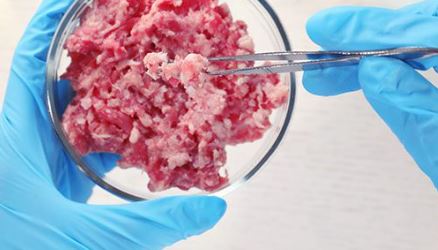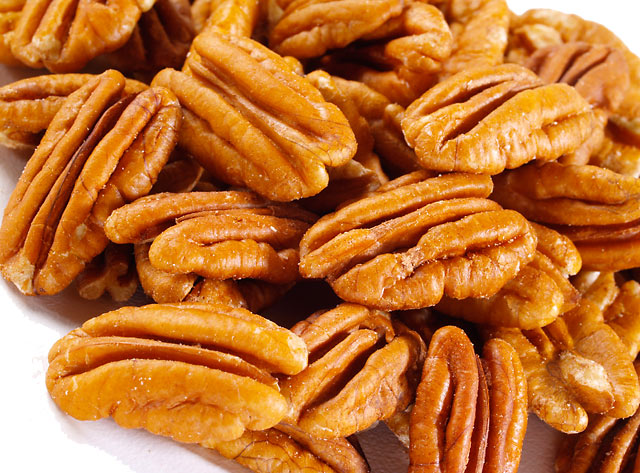Not just for Thanksgiving: Turkey is a protein-packed nutritional powerhouse of Christmas feasts
12/26/2024 / By Zoey Sky

- Charles Dickens’s “A Christmas Carol” (1843) transformed Christmas into a family-centered holiday focused on charity and hearty meals, shifting it away from rowdy public celebrations. The Cratchit family’s Christmas dinner, featuring turkey, cranberries and mincemeat, became a symbol of this new tradition, influencing American cookbooks and solidifying turkey as a Christmas staple by the mid-19th century.
- Turkeys, native to the Americas, were domesticated by indigenous peoples and introduced to Europe in the early 16th century.
- The name “turkey” likely originated from early settlers mistaking it for a guinea fowl imported by Turkish traders.
- By the 18th century, turkey farming became widespread in England, and by the 1840s, it was fashionable for Christmas, popularized further by Queen Victoria in 1851.
- Turkey is lean, rich in protein and low in fat, especially when the skin is removed. A 3-ounce serving of roasted turkey breast contains 1.8 grams of fat and 125 calories. Opt for roasted turkey without the skin for a healthy meal.
Christmas is a time of tradition, family and delicious food. At the heart of many holiday celebrations is the centerpiece of the Christmas dinner: roast turkey.
This iconic dish has a rich history, a nutritious profile and a host of health benefits that make it a perfect choice for the festive season.
The Dickensian influence on Christmas traditions
The transformation of Christmas into a family-centered holiday with a focus on food can be traced back to Charles Dickens’ “A Christmas Carol,” published in 1843. Dickens’ portrayal of a quaint, family-oriented Christmas, punctuated by acts of charity and a hearty meal, reshaped the holiday for many Americans and Britons.
Before Dickens, Christmas celebrations were often rowdy public affairs, and in America, they were even shunned by religious groups like the Puritans. Dickens’ story, however, offered a roadmap for a more intimate and wholesome celebration, one that revolved around the home and a special meal.
In “A Christmas Carol,” the Cratchit family’s Christmas dinner became a symbol of the holiday’s transformation. The meal, featuring turkey, cranberries and mincemeat, was later echoed in American cookbooks, solidifying turkey as a staple of Christmas dining. By the mid-19th century, turkey had become a symbol of the festive meal, celebrated for its size, flavor and, as the world now knows, its nutritional benefits.
Turkeys are native to the Americas, where they were first domesticated by indigenous peoples. The birds made their way to Europe in the early 16th century, with the first recorded arrival in Spain in 1519.
By 1526, a sailor named William Strickland brought the first turkey to England, and it quickly became a delicacy among the wealthy. King Henry VIII is believed to be the first British monarch to enjoy turkey as part of his Christmas feast.
The bird’s name also has an interesting history. One theory suggests that early settlers in the Americas thought turkeys were a type of guinea fowl, which were imported into Europe by Turkish traders.
These birds were often referred to as “Turkish birds,” which eventually led to the name “turkey” for the new bird. Another theory posits that turkeys were imported into Europe via Turkish traders, further solidifying the connection to the name.
By the 18th century, turkey farming had become widespread in England, particularly in Norfolk. Initially, turkeys were a luxury item, but by the 1840s, they had become fashionable for Christmas.
Aside from Dickens’ “A Christmas Carol,” Queen Victoria also had a role in popularizing the bird. She first served turkey at Christmas in 1851. By the end of the 19th century, turkey had become a staple of the Christmas meal, particularly for the growing middle class.
Nutritional profile and health benefits
Turkey is a lean source of protein, low in fat – especially if the skin is removed – and rich in essential vitamins and minerals. A three-ounce serving of roasted turkey breast without the skin contains only about 1.8 grams of fat and 125 calories, making it a healthier option compared to many other holiday dishes. (Related: 3 Health benefits of cranberries, a Thanksgiving staple (recipes included).)
Turkey is particularly rich in B-complex vitamins, including niacin (B3), pyridoxine (B6) and cobalamin (B12), which are essential for energy production and brain function. Turkey also provides important minerals like iron, magnesium, phosphorus, potassium and zinc.
One standout nutrient in turkey is selenium, a powerful antioxidant that supports the immune system and helps protect cells from oxidative damage.
Turkey offers several health benefits, making it an excellent choice for a festive meal. Its high protein content helps keep you feeling full and satisfied, which is especially important during the holiday season when portion sizes can get out of hand. Protein also plays a key role in muscle repair and maintenance, making turkey a great post-holiday recovery food.
One of the most famous claims about turkey is that it makes you sleepy due to its tryptophan content. Tryptophan is an amino acid that helps the body synthesize protein and produce serotonin, a neurotransmitter that promotes relaxation. However, the idea that turkey is uniquely responsible for post-feast drowsiness is just a myth.
While turkey does contain tryptophan, its levels are similar to those in other meats like roast beef and canned tuna. The real culprit for sleepiness is often the large amounts of carbohydrates consumed during the meal, which can cause a spike in blood sugar followed by a crash.
Another benefit of turkey is its low-fat content, especially when the skin is removed. This makes it a healthier alternative to many other holiday dishes, which can be high in saturated fats and calories.
By choosing turkey and avoiding the skin, you can enjoy a festive meal without overloading on unhealthy fats.
Tips for a healthy holiday feast
While turkey is a nutritious choice, how you prepare it matters. For example, frying turkey in oil can significantly increase its fat and calorie content, as most of the oil is absorbed by the skin.
To keep your holiday meal healthy, opt for roasted turkey and avoid the skin. Seasonings and marinades can add sodium, so be mindful of your intake if you’re watching your salt consumption.
For those who enjoy processed turkey products like turkey sausage or bacon, it’s important to check the labels. These items often contain high amounts of sodium, which can contribute to high blood pressure and cardiovascular issues.
Choosing lean cuts of turkey and avoiding processed forms is a great way to enjoy this food while keeping your diet healthy. While turkey is most commonly associated with Thanksgiving and Christmas, its popularity has grown to the point where it’s enjoyed year-round.
Whether it’s a hearty turkey sandwich, a nutritious turkey soup or a simple turkey salad, this versatile bird can be part of a healthy diet throughout the year.
Visit NaturalNewsRecipes.com for tasty and nutritious recipes to try during the holidays.
Watch this clip featuring a recipe for Maple Cranberry Jam that goes well with roasted turkey.
This video is from the Health Ranger Store channel on Brighteon.com.
More related stories:
Unique holiday dishes: The surprising history behind the Christmas ham tradition.
Mike Adams Sermon 42: God’s superfruit FIGS can fight warts, staph infections and cancer.
The sweet saga of fruitcake: A nutritional powerhouse with a long shelf life.
A toast to tradition: A nutritional and historical look at EGGNOG.
Caraway: A potent medicinal herb for disease prevention.
Sources include:
Submit a correction >>
Tagged Under:
#nutrition, Christmas, Christmas dishes, Christmas recipes, holiday dishes, holiday recipes, Holidays, how-to, natural health, nutrients, roast turkey, tips, turkey
This article may contain statements that reflect the opinion of the author




















